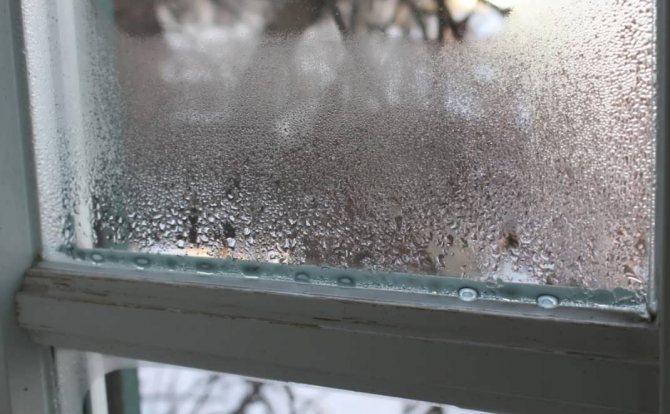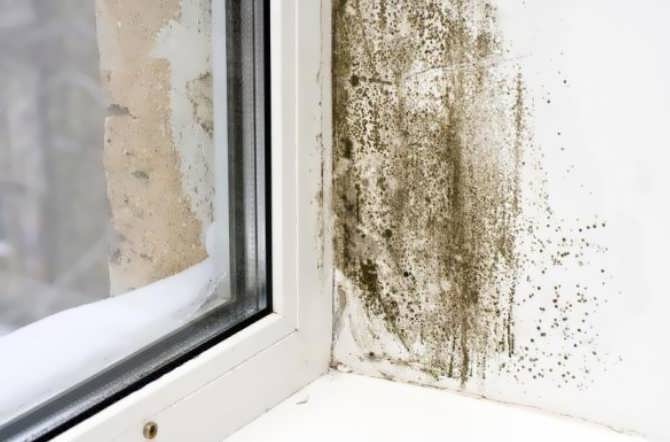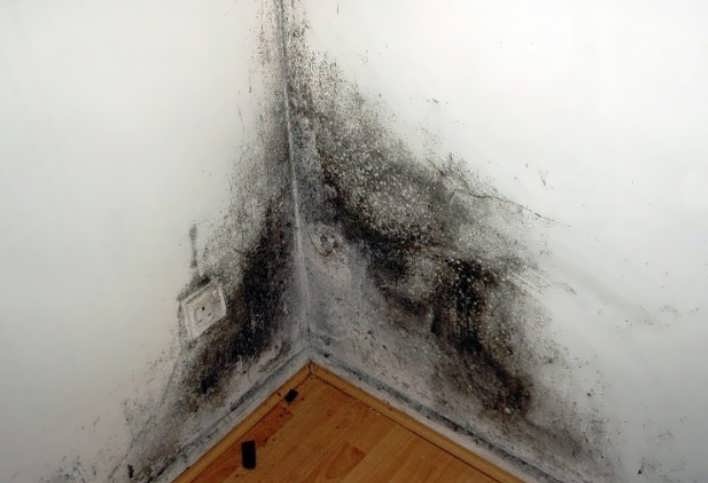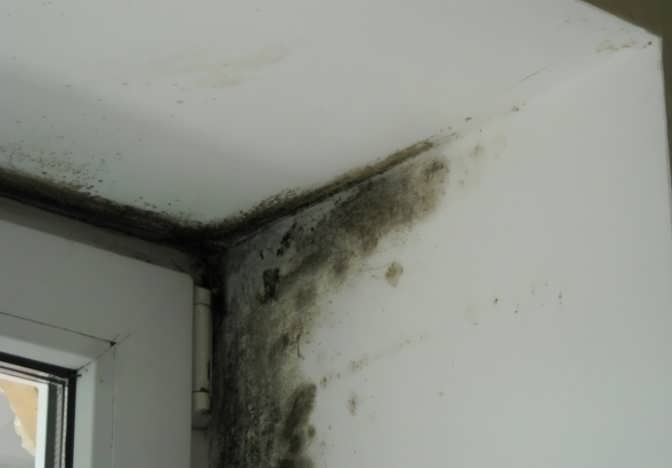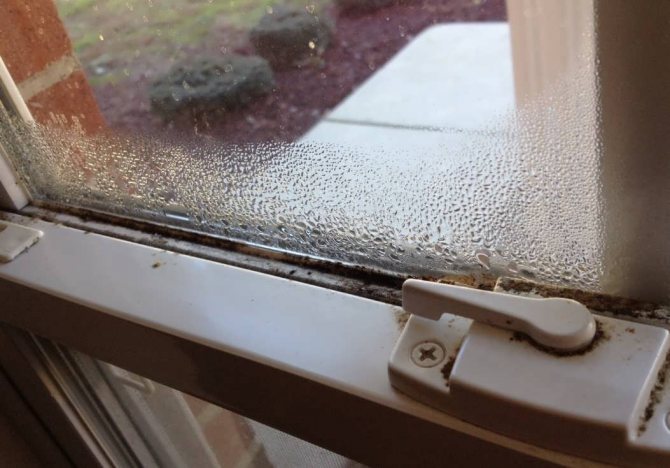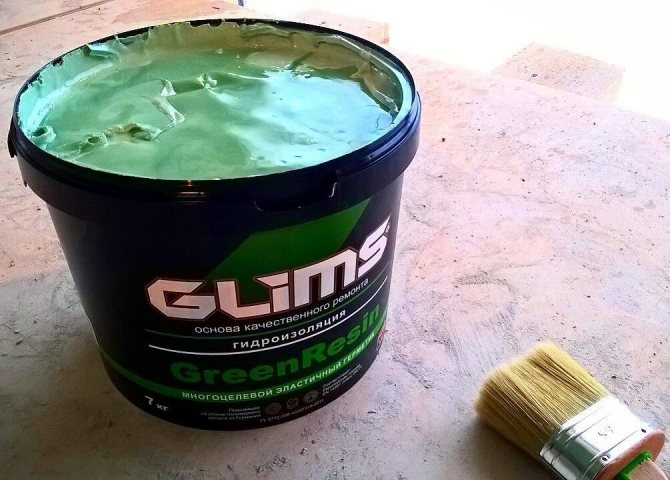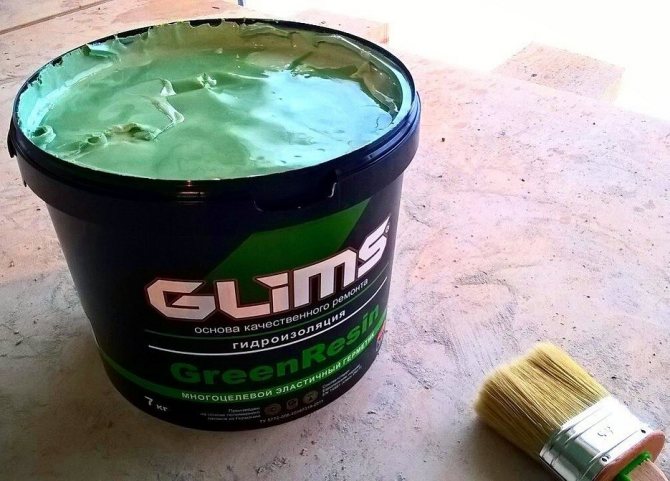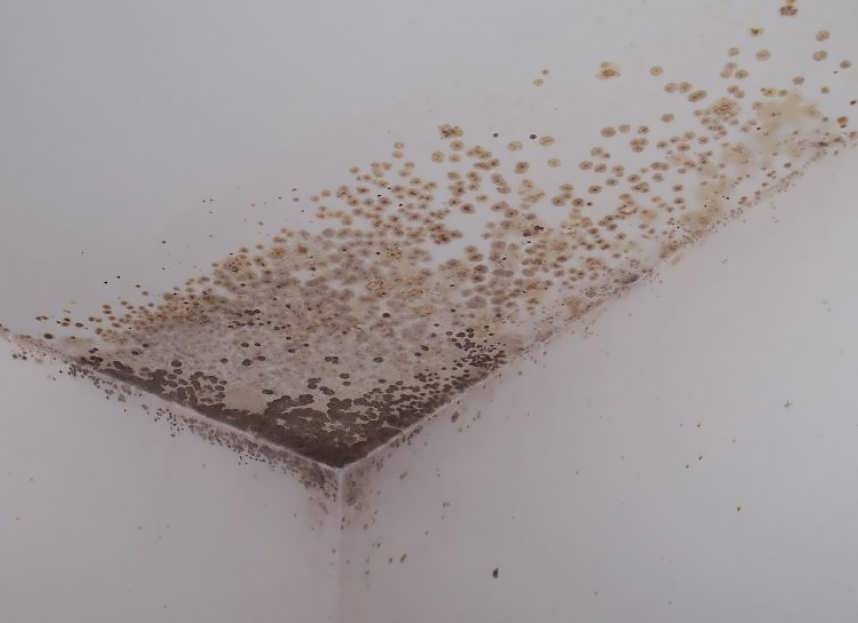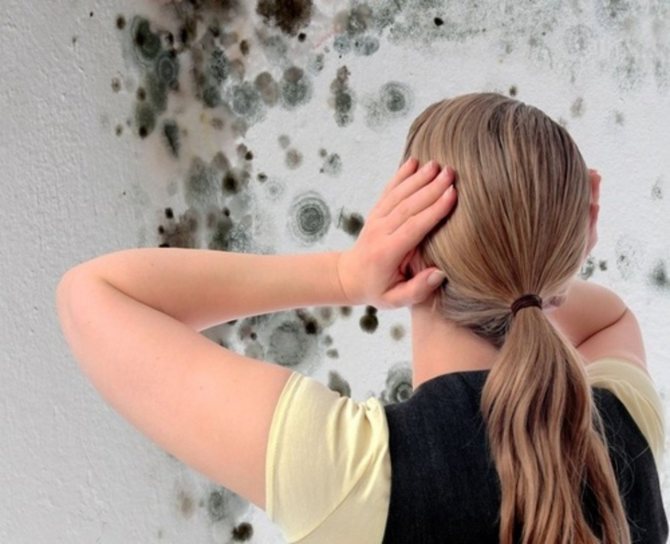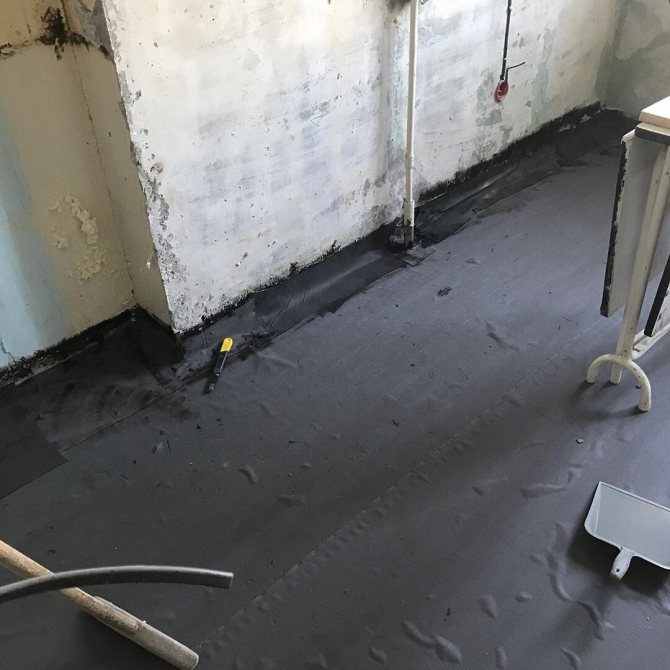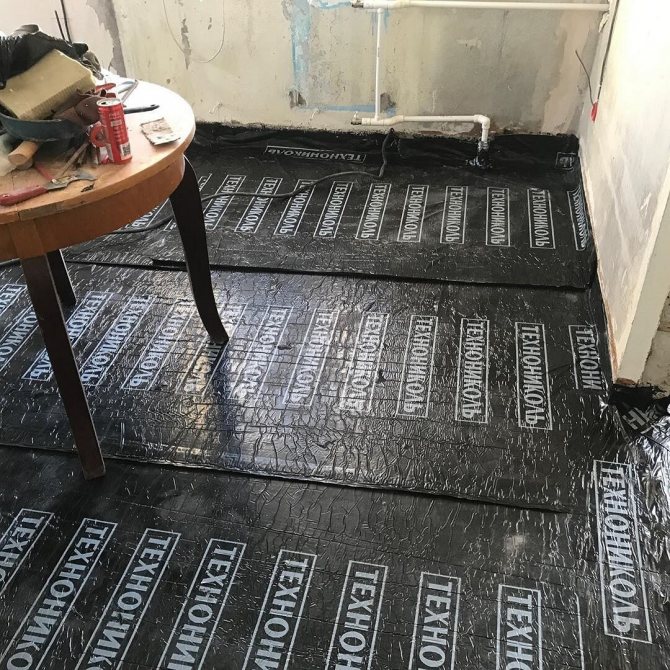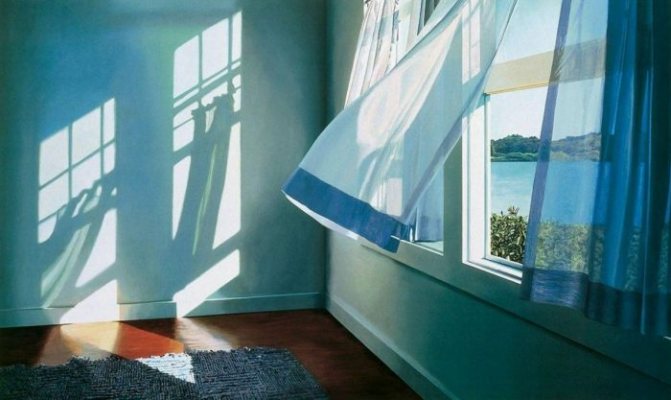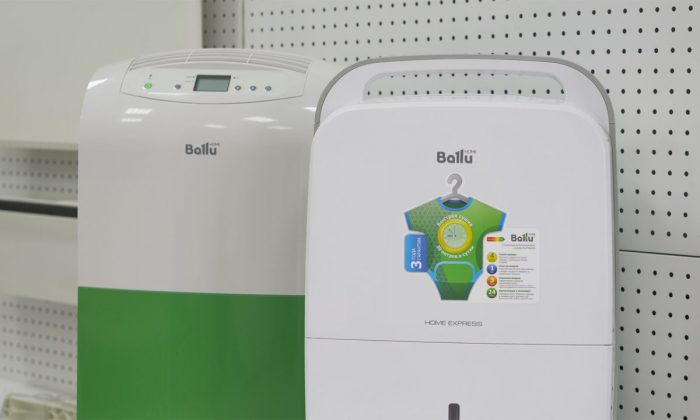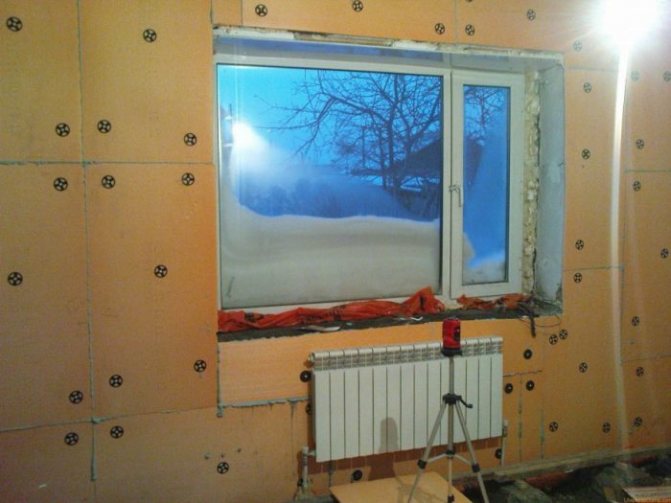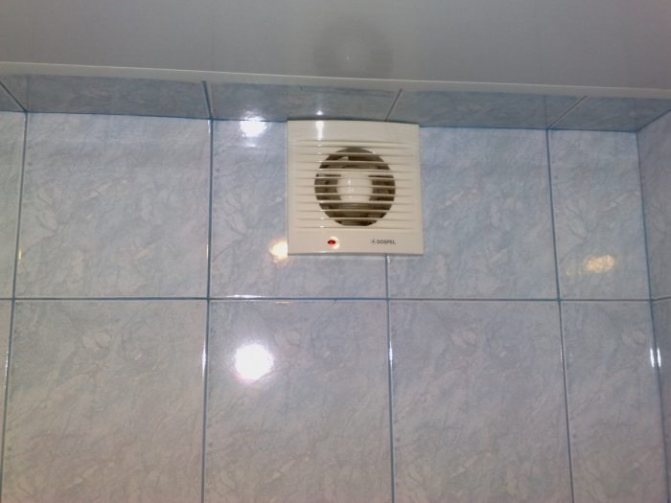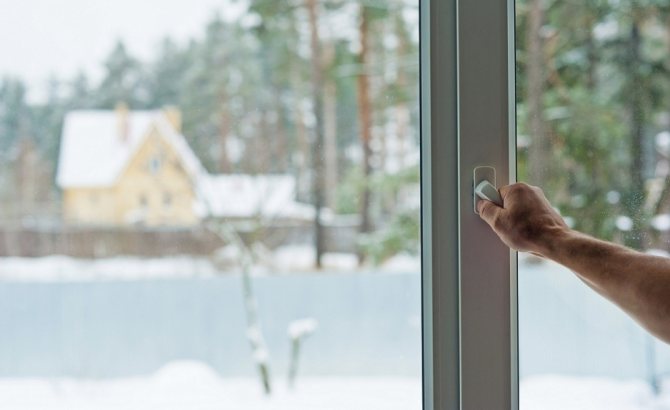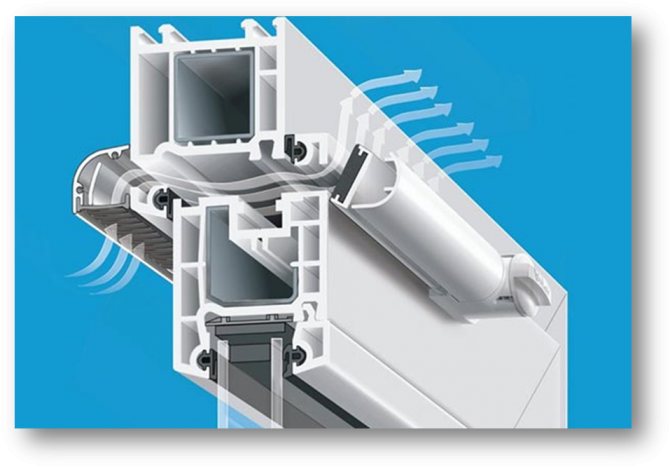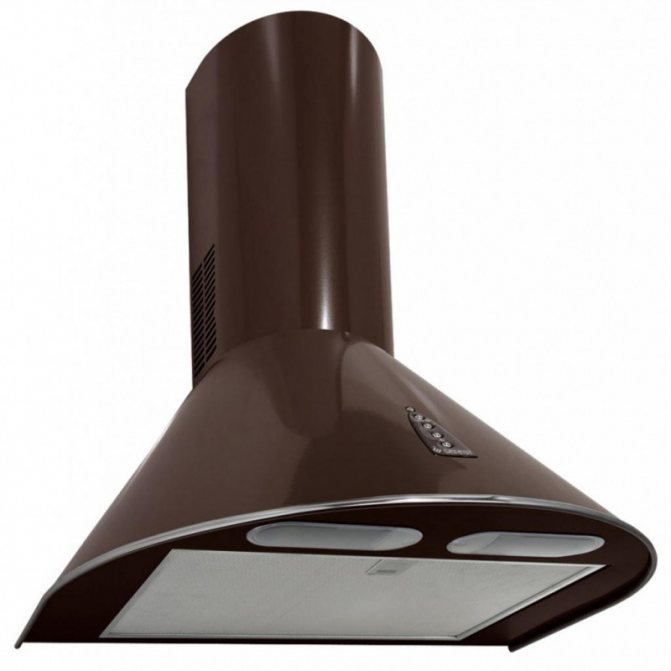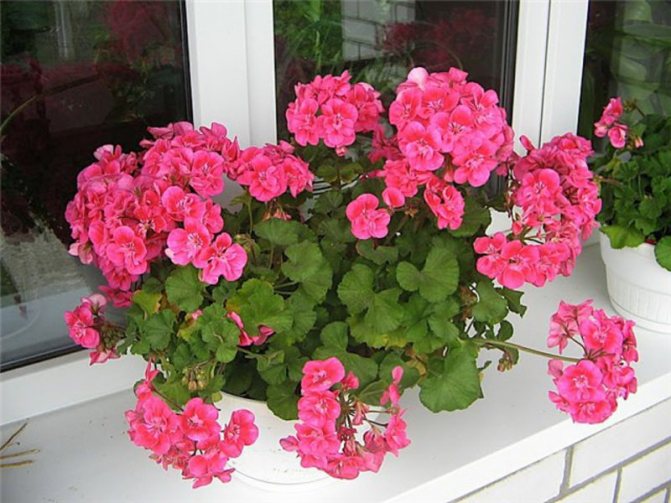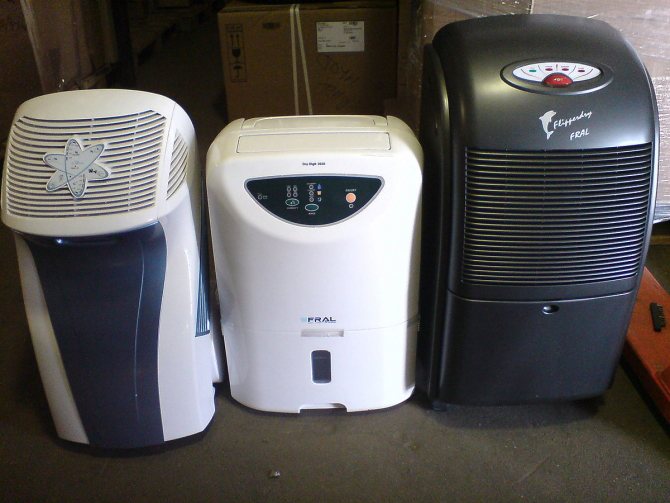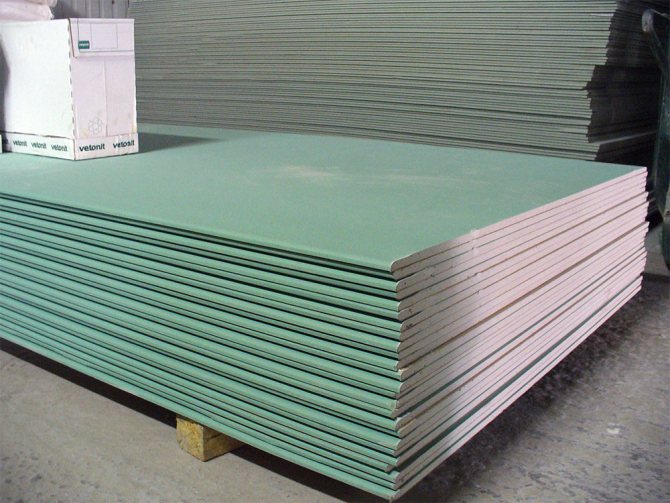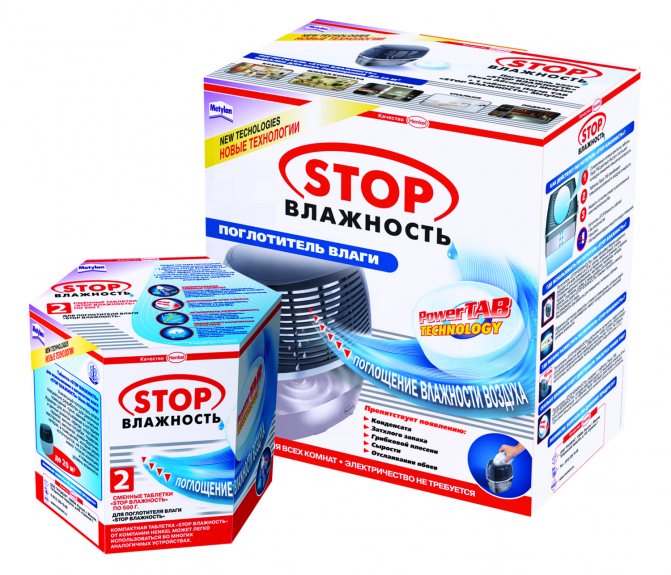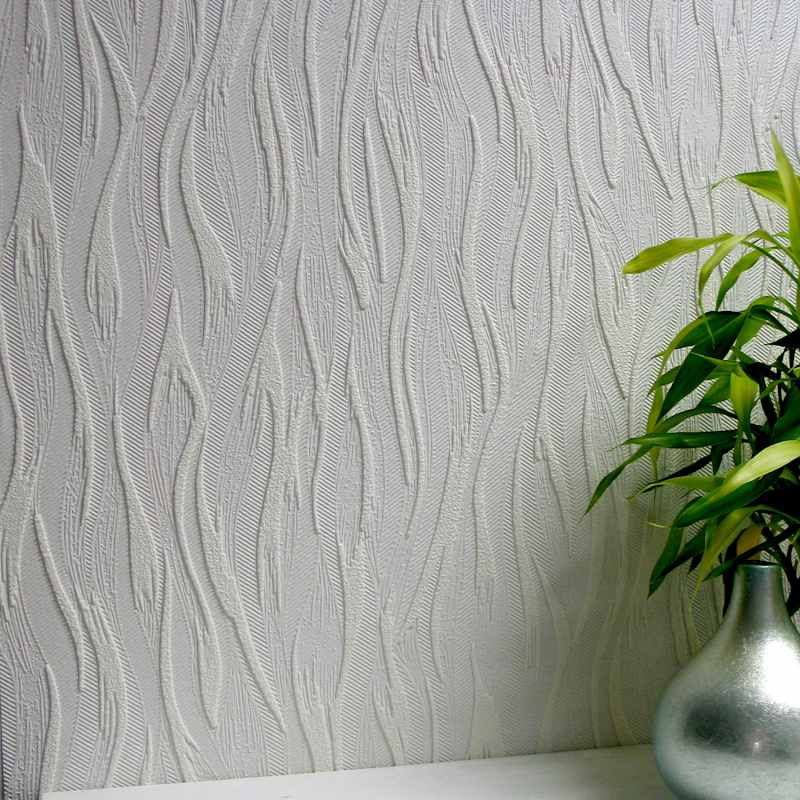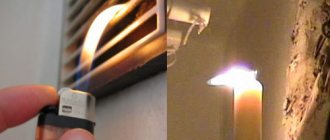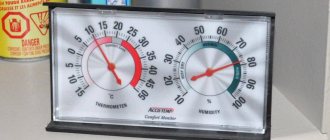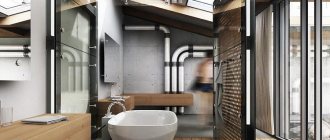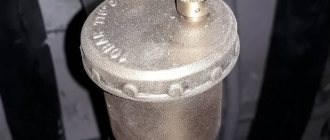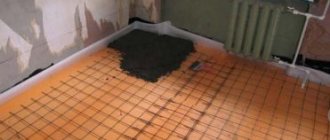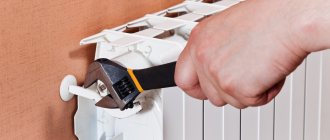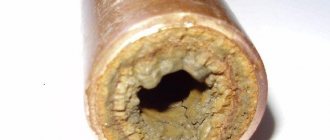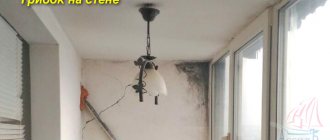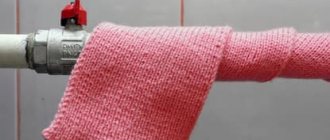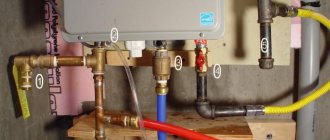A person lives comfortably in a warm house, but if the house is damp, then colonies of mushrooms settle in it, which simply begin to survive people from their native walls. Dampness and mold in an apartment and a private house is a solvable problem if you approach it comprehensively and scrupulously.
You can cope with the trouble with the help of industrial means and no less effective folk methods. But everything will be in vain if you do not understand why mold occurs and do not remove the reasons.
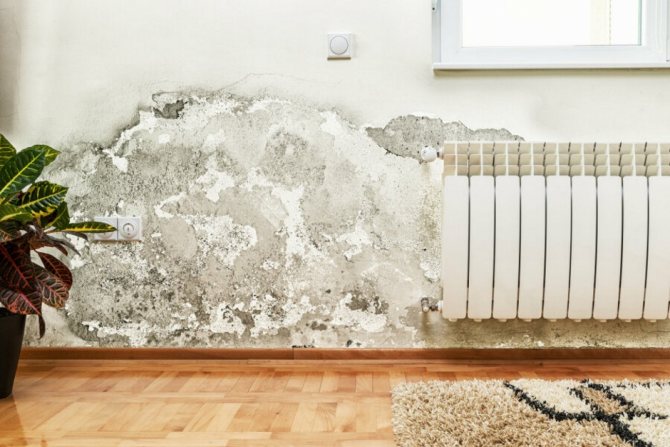
Causes of dampness
Dampness and mold in an apartment, house, office begin to appear in the autumn. The normal humidity level for a residential building is 60%. In hot summer, the figure drops to 45% and in such conditions we feel as comfortable as possible. With an increase in the level of humidity in residential premises, optimal conditions are created for the development of dampness, which means fungus, mold, which is the same thing.
High humidity occurs due to:
- poor ventilation;
- incorrectly selected kitchen hood;
- condensation on metal-plastic windows;
- damage to water pipes;
- improper installation of plumbing;
- frequent drying of linen in the house;
- repeated baths;
- excessive number of indoor plants;
- aquarium;
- cracks on the walls and non-insulated wall joints.
How to remove high humidity
Dealing with moisture will likely require a significant investment of either money or time and patience.
The most reliable ways to deal with dampness are costly. After the rebuild, however, you don't have to worry about drafts or sachets. The methods are expensive, but they pay off with interest:
- Replacement of the ventilation system, installation of fans, hoods.
- Overhaul, in which old plaster is completely removed from damp areas. After that, the room is dried and the walls are covered with a fresh layer of plaster.
- Replacement and repair of heating systems and water supply pipes. The task becomes more difficult if these systems are hidden.
- Solving problems with the waterproofing properties of the foundation, walls and roof, which is the most time consuming and expensive procedure. It is unlikely that it will be possible to cope here independently, without the involvement of specialists.
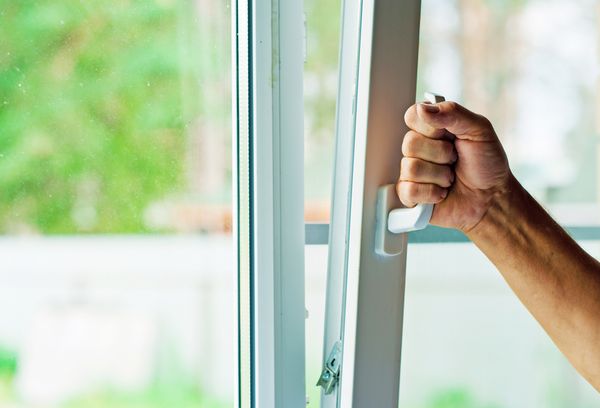

Affordable and simple ways to reduce indoor humidity:
- When the weather is dry and warm, you should often ventilate the room by opening the windows.
- The bathroom needs particularly frequent ventilation; the hood in this room needs regular cleaning.
- You should not dry your clothes in the room, as as a result of this, the humidity of the air rises significantly. This is permissible only in winter, when the air is dry by the heating system, it must be humidified. In summer, it is better to dry the laundry on the balcony or outside.
- When cooking, pots of boiling water should be covered with lids. It is also recommended to close the doors to the kitchen, this will serve as an obstacle for the steam to spread through the rooms in the apartment. Open the windows for slot ventilation in winter or full ventilation in summer, do not forget to turn on the hood. Try to keep the pots from steaming too much (turn off heat).
- Reducing the number of indoor plants will help to slightly lower the humidity in the room.
- A special dehumidifier (compressor or adsorption) will eliminate high humidity in a separate room.
Advice! The installation of plastic windows, which are equipped with the "micro-ventilation" function, will allow you to regularly ventilate the room, regardless of the season.
Increased humidity is removed if the room is constantly heated at the same temperature.
Dampness and mold in the apartment - impact on health
Humidity and dampness in homes and disease are closely related. The fact is that mold tends to multiply not only in the atmosphere of the house, but also to penetrate into the human body.
Dampness can provoke in adults and especially children:
- upper respiratory tract diseases;
- pneumonia, bronchial asthma;
- pathological skin ailments;
- headaches and migraines;
- nosebleeds;
- stomach upset.
Where does mold appear
Most often, dampness and mold in an apartment can be found on the walls, ceiling, floor, window slopes and the windows themselves. Less commonly, the problem occurs under floor coverings, behind wallpaper, furniture and directly in cabinets themselves, bookshelves and in household appliances - washing machines, air conditioners, microwave ovens.
In severe cases, the fungus affects clothing, shoes, toys, upholstered furniture, baby carriages. If mold is found, immediate action must be taken to prevent the growth of the fungus and remove it completely.
How to remove the smell of dampness in the house
The smell of dampness in the house signals that not everything is in order with the microclimate of the room. And the strongly pronounced smell of dampness screams that mold has started somewhere and that it is worth inspecting the housing for the detection of fungus. In order to remove the smell of dampness in an apartment or house, you must first get rid of the mold.
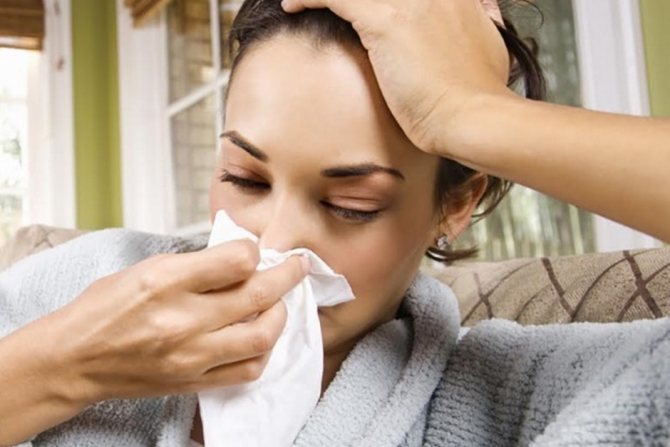

Regular airing relieves dampness, and excessive airing can provoke a cold. Take care of yourself!
Mechanical removal of the fungus only partially solves the problem. To remove the smell of dampness forever, it is necessary to normalize the humidity and provide an optimal ventilation mode:
- Ventilate the room more often. Check the ventilation ducts regularly.
- Try to normalize the indoor climate. Check walls, floor, ceiling.
- Do not create additional factors that increase humidity: do not dry linen indoors, do not leave wet washcloths and towels in the bathroom, wipe the tiles, shower stall, countertops dry.
- If the fungus is at an early stage, then the affected area can be wiped with hydrogen peroxide or vinegar.
- In serious cases, you will have to re-glue the wallpaper, rip off plaster, linoleum, and throw out furniture.
How to remove the smell of dampness completely? Prepare a homemade absorbent: install containers with a mixture of salt and crushed activated carbon in the house. The method is ideal for removing the smell of dampness from cabinets and drawers. Change the mixture once a week.
The main reasons for the increase in humidity in the room
The reason may be poor-quality waterproofing of the walls of the house from the foundation. This happens due to a violation of technology during its construction. In such a situation, it will be difficult to get rid of the problem, since such construction defects are practically irreparable, but it is still worth figuring out how to remove the humidity in the apartment in order to improve living conditions.
The most common cause of excess humidity in rooms is a violation of natural ventilation. Often, after replacing old windows with new, more sealed double-glazed windows, dampness forms in the apartment. This happens, as a rule, due to a violation of air circulation, due to which moisture appears, which condenses on windows, walls and even provokes the growth of mold.
There is another source of increased humidity in an apartment - the release of water into the air when breathing family members. And here we are not talking about milliliters per day, but about liters. Therefore, you should definitely find out how to remove humidity in an apartment, otherwise you will not be able to avoid negative consequences.
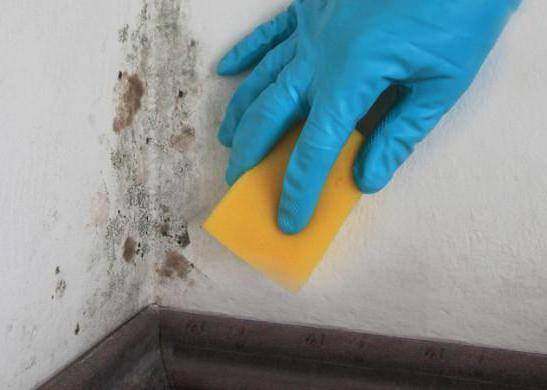

In addition, the constant drying of laundry in rooms can worsen the humidity situation.Heating is another factor in increasing moisture. Moreover, even when the radiators do not heat well in the room, dampness may appear.
If the roof of the house leaks, then it will be possible to eliminate the high humidity only after its repair.
How to get rid of dampness on the walls
In order to kill the fungus on the walls once and for all, it is necessary to determine the cause of its appearance. After you find the affected areas, dampen them with water. This is to prevent further spread of the dispute.
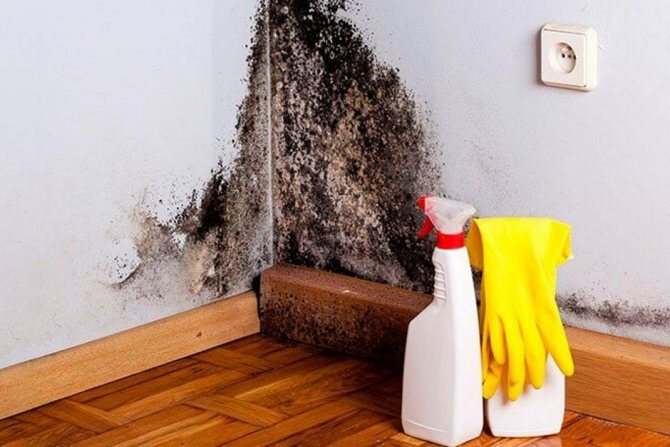

All work to remove mold must be carried out in protective gloves and a respirator
Further, special chemical and biological preparations are applied to the moldy areas, which destroy the mold. All surfaces must be processed. This is done at least 2-3 times with breaks to completely dry each layer. As a rule, they are guided by the instructions for use of the drug.
Take a metal brush, scraper, putty knife and clean the surface of the fungus. During the cleaning process, the layer of finishing material is removed and scraped out to the full depth of penetration of the fungus. Wood and stone surfaces are also processed.
If the material or a separate structural element is unsuitable, it is completely replaced. The affected fragments are burned, and the walls are dried and treated with persistent protective agents and coatings.
How to get rid of fungus in an apartment - video
Fungus on the floor and mold under linoleum, laminate
Often unwanted moisture builds up under the linoleum. It is there that all the conditions for the development of mold are created, it is almost impossible to get rid of it and you have to change the coating.
In this case, it is advisable to observe the following:
- Under no circumstances should old materials be placed on floors affected by mold.
- The fungus often spreads to the walls, therefore, the lower part of the wallpaper adjacent to the baseboards should be cut off;
- When installing a new coating, it is necessary to treat it with antifungal drugs.
Fungus under wallpaper, how to remove mold from wallpaper
If mold has formed on the wallpaper or under the wallpaper, it is necessary to clean their surface from black spots and stains using one of the solutions:
- 1-2 tbsp. spoons of whiteness, 30-50 g of washing powder, 3 liters of water;
- 100 g of laundry soap, 100 g of soda, 5 liters of water.
Using sponges and rags, we clean the walls and dry them with a household heater or hair dryer, then apply an antifungal drug, for example, furacilin or nystatin (4-6 tablets are diluted in a small amount of hot water, then another 3 liters of cool water are added).
Everything is done carefully so that the wallpaper does not get wet or tear. Most often, this makes it possible to remove the fungus for a while, but then the problem will arise again. The method is suitable if there is no opportunity and time to immediately deal with the causes of dampness and mold in the apartment. In severe cases, undoubtedly, you will have to remove the damaged wallpaper and even strip off the plaster.
The moisture source is under the floor
If there is no ventilation in the subfield, it is necessary to equip it. Waterproofing walls and floors, sealing gaps and cracks can significantly reduce the level of humidity at home. For this, waterproofing plaster is used.
Dampness in the cellar may appear due to leaks in the construction pits. To fix the problem, you need to seal it with waterproof clay (clay castle).
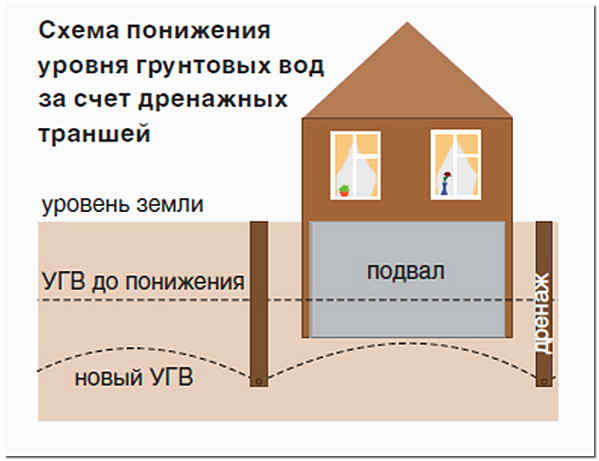

Foundation drainage device
A change in the level of groundwater leads to the appearance of dampness in the house. To solve this problem, you need to properly organize the drainage system.
Another reason is poor waterproofing of the foundation.
In this case, vertical waterproofing is required:
- coating waterproofing;
- penetrating compounds;
- vertical lining of the foundation with waterproofing.
Note! The service life of waterproofing materials is not infinite. In an old building, it may be out of order.
Mold on plastic windows
Visible traces of the fungus can be removed with improvised means: bleach, ammonia and ordinary detergents. In this way, you will not kill the mold, but only "spoil its life" a little. The fight against mold should take place in several stages, the only way you can be sure that you have defeated it completely and irrevocably.
- First step: we clean the surface. Slopes are usually the source of the problem. If the side surfaces of your window opening are decorated with plastic panels and characteristic spots appear on them, then there will be fungus under the plastic too.
- The second stage: we process the slopes with antifungal compounds.
- The third stage: we consolidate the result. Do not stop there. In order for mold to no longer appear on plastic windows, it is necessary to use waterproofing agents.
How to get rid of condensation on PVC windows - video
Humidity due to poor ventilation
Very often the reason for dampness is poor operation of the ventilation system or its complete absence. Once this problem has been eliminated, the humidity level can be significantly reduced.
The ventilation cannot work properly due to:
- obstruction;
- poor sealing;
- improperly equipped exit over the roof;
- insufficient cross-sectional area of the ventilation duct.
To restore normal ventilation, you need to invite a specialist. He will examine the system and determine the cause of the problem.
The clogged system must be cleaned:
- remove the grate;
- rinse it with detergent;
- remove dirt from the walls with a scraper;
- vacuum the channel;
- rinse it with a damp cloth (as far as the hand can reach);
- put the ventilation grill in place.
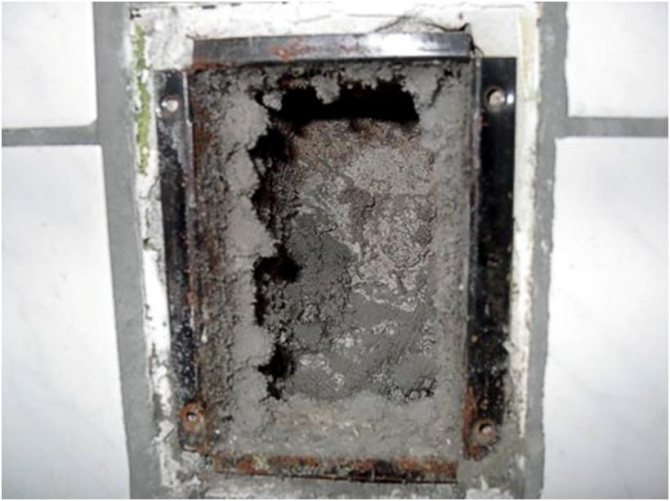

Clogged ventilation shaft
At high humidity, you can use a forced ventilation system: reversible, exhaust or supply. It is installed in the ventilation duct. When there is no ventilation at all in the house, you need to make a through hole in the wall and install a recuperator in it. From the inside and outside, it must be closed with bars.
Another reason for dampness is the incorrect installation of the glass unit. If mold appears on the window slopes, you need to level them and re-foam the cracks. To prevent condensation from settling on the glass, do not overload the window sills. This prevents the warm air from circulating normally. Too large window sills lead to the same consequences. To fix this, you need to drill holes in them.
Important! Fans, hoods and air conditioners must be cleaned regularly. Otherwise, the appliance itself will become a source of bacteria and mold.
It might be interesting
Waterproofing
Clean water is a guarantee of health, waterproofing of concrete ...
Waterproofing
Pool waterproofing instructions
Waterproofing
The choice of materials, the method of carrying out works on waterproofing ...
Waterproofing
Types of gluing waterproofing
Too sealed windows are also the reason for the increase in humidity. How to lower the humidity level in this case? The problem of dampness can be solved with a window pressure ventilator, a hydraulically controlled ventilation valve or a ventilation fan. You can simply remove the rubber seal over the top of the window frame. You do not need to do this with all the double-glazed windows at once: first, process one window, then (if it does not help) the next, so continue until the result is obtained.
Black fungus in the bathroom
If mold appears in the bathroom, it is also impossible to do without surface treatment with antifungal compounds. In severe cases, it will have to be removed along with plaster, tiles, and the affected areas must be cleaned from sealant and paint.After the completion of the work, it is necessary to make sure that the pipes and mixers are not leaking, and to eliminate the breakdowns. The joints of plastic parts can be treated with a sealant.
Sometimes it is impossible to identify the source of the fungus, but it can be hidden on the back wall of the toilet cistern, under the bathtub or in the sealing rubber of the washing machine. All efforts will be in vain if later the bathroom is poorly ventilated again or the neighbors constantly flood it.
What to do if mold has formed in the bathroom - video
Home remedies for fungus and indoor dampness
There are many industrial compositions for combating fungus and how to choose them, how to use, check with specialists. We offer inexpensive, but quite effective home-made tools made from scrap materials:
- Bleach will eliminate almost all types of fungi and spores. It must be remembered that under its influence, some things can deteriorate. For surface treatment, use a mixture of 10 parts water and 1 part bleaching agent.
- Hydrogen peroxide 3% solution, which is applied to moldy surfaces by spraying, and after 10 minutes of exposure, all covered areas are thoroughly cleaned by mechanical means.
- Vinegar and baking soda: The affected area is first covered with a layer of dry baking soda and then covered with vinegar. At the end of the chemical reaction, all flaws can be easily removed or washed off with water.
- A mixture of water and laundry soap can also act as a natural antiseptic and can be used to combat mold.
- Tea tree oil, like soap solution, is used for minor problems. The method consists in applying a mixture of oil and water in a ratio of 1:50 with a spray bottle and leaving to dry naturally.
Folk remedies for dampness in the apartment
Folk recipes also help to dehumidify the air in the apartment:
- With the onset of summer, in warm weather, walls that are not covered with wallpaper and are covered with mold are recommended to be treated with the following composition: dissolve half a kilogram of laundry soap in five liters of water, then boil the mixture. With the cooled soapy water, coat the wall evenly with a brush and let dry. Repeat the processing several times. Traces of soap suds should form on the wall. After that, apply another compound, consisting of 100 grams of alum, diluted in six liters of water.
- Calcium chloride perfectly absorbs moisture. Place containers with this substance in damp places. The advantage of calcium chloride is its reusability. It is enough to dry it (for example, in an oven). Be sure to crush the calcium chloride before use.
- Treatment with a mixture of salicylic acid and alcohol will help eliminate mold and prevent the spread of dampness. Dry the walls thoroughly. Then combine one part salicylic acid and two hundred (200) parts alcohol. Dilute the mixture with a little clean water. Apply this product to black mold spots.
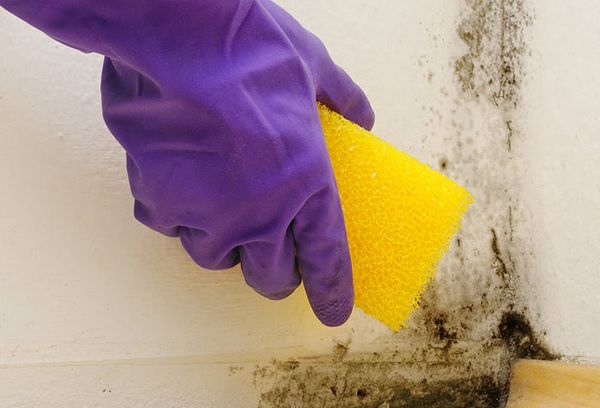

Advice! Replace calcium chloride with charcoal or quicklime.
How to prevent dampness and mold in an apartment
- Monitor the humidity level in the room with a hydrometer.
- Provide adequate ventilation and sufficient sunlight.
- Use fans in the bathroom, toilet and kitchen, regularly check the draft in the ventilation shafts, monitor the condition of the plumbing units, especially at their joints.
- Repair cracks in walls and floors.
- When carrying out major renovations, use mineral-based materials to better regulate indoor humidity levels.
- Take care of high-quality waterproofing.
- Regularly inspect the plastic seals on PVC windows, check their suitability, carry out timely replacement.
- At the first appearance of condensation, promptly eliminate the cause of its formation.
Regular preventive measures will minimize the risk of dampness and mold reoccurring in your apartment or house. Your home is your fortress, take care of it and be healthy!
How to lower the humidity level in your home
To eliminate dampness, special equipment, drugs and folk remedies are used. Thanks to them, it is possible to significantly lower the humidity, but these are temporary measures. To completely get rid of dampness and prevent its reappearance, it is necessary to eliminate the causes.


How to determine humidity
You can dry the air using:
- Chemicals (Cerisite Stop Moisture, Stop Damp, Drypet skit, Torrbollen, etc.). They act on the principle of a sorbent. Sold in hardware and online stores. They are mainly produced on the basis of calcium chloride.
- Air dryers. Air conditioners with dehumidification function.
- Heating devices (floor heating system, heaters, etc.).
- Home remedies (salt, rice, etc.). They are placed in the corners of the room.
There are four types of dehumidifiers:
- compressor rooms (can dry large rooms, but take up a lot of space, noisy);
- with thermoelectric converters (quieter, but much lower power);
- adsorptive (the stronger the sorbent absorbs moisture, the lower its efficiency becomes);
- rotary (combine the functions of adsorption and compressor equipment).
Note! Do not get too carried away with the fight against dampness. Reduced humidity levels are also harmful. Its optimal indicator is 45%. Humidity below 30% and above 60% is a violation. You can measure accurate data using a hygrometer.
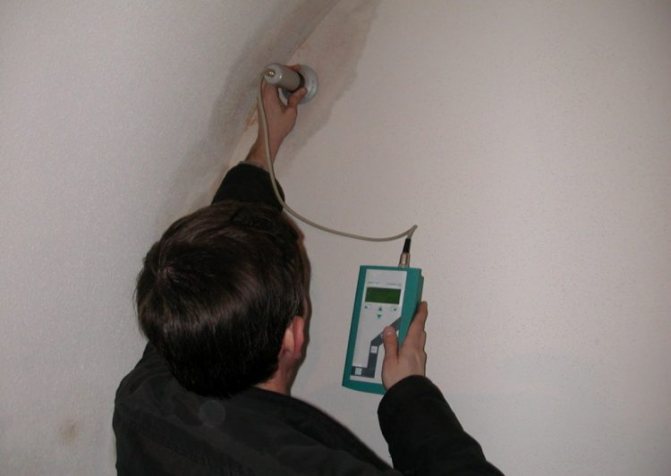

Measuring moisture with a device

